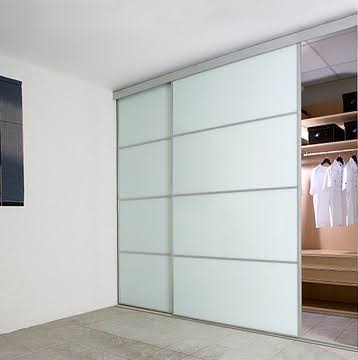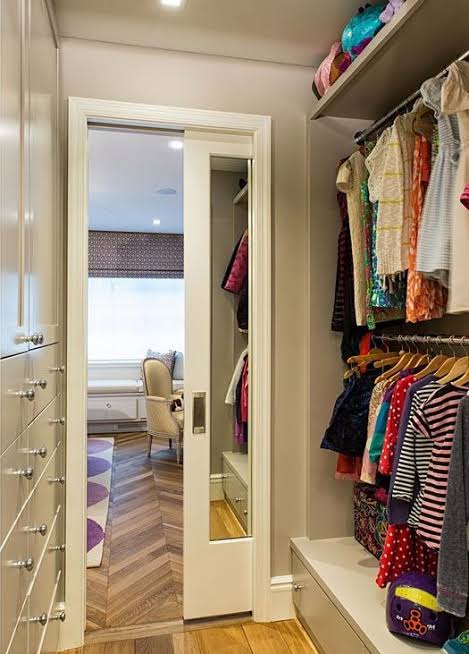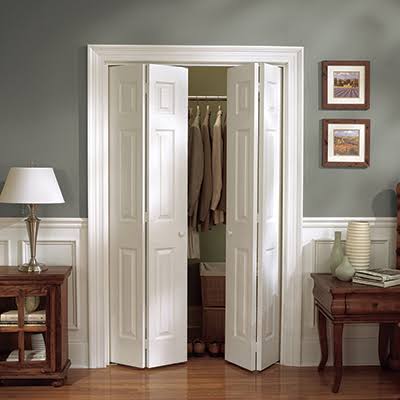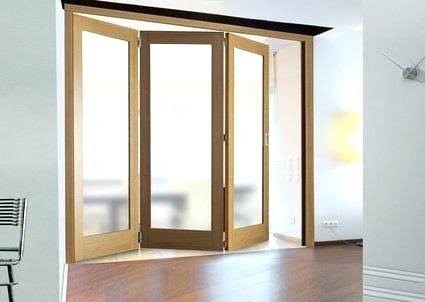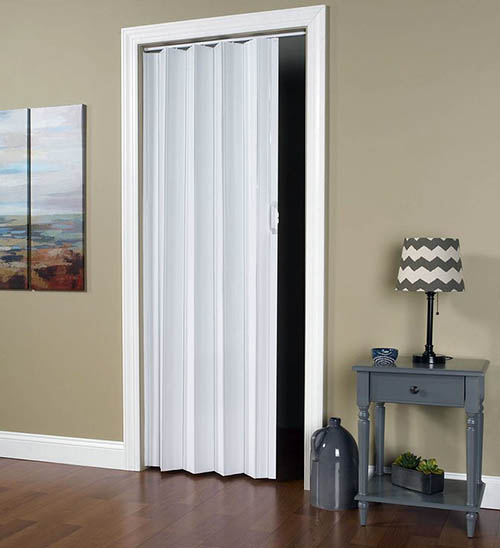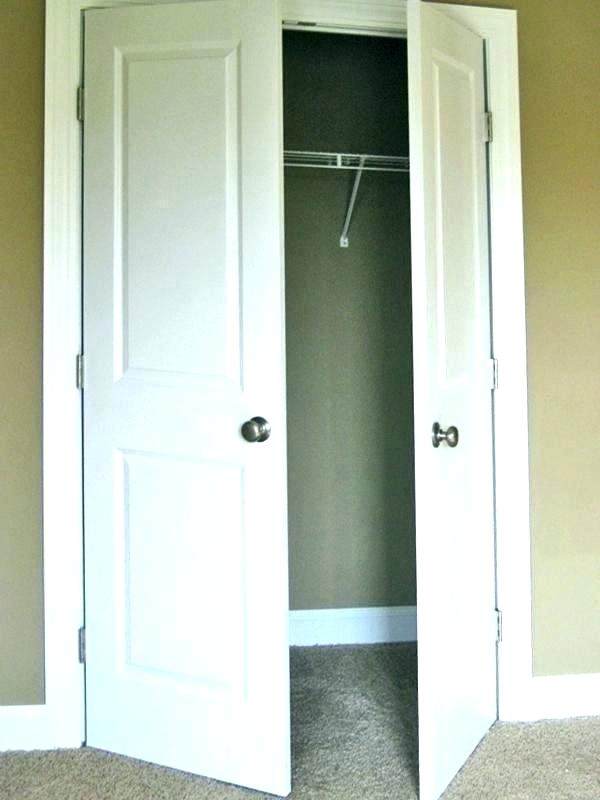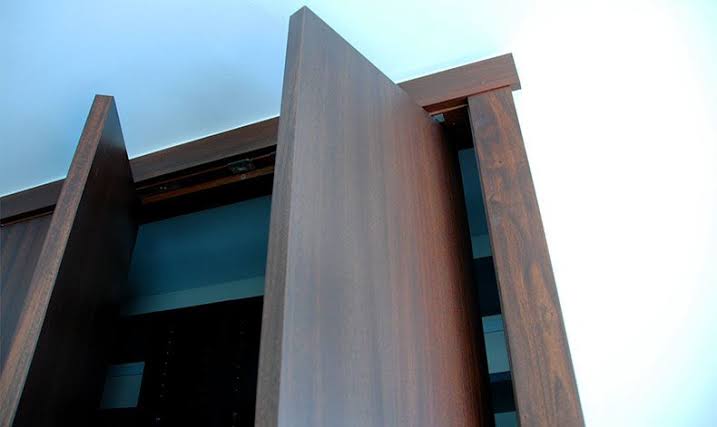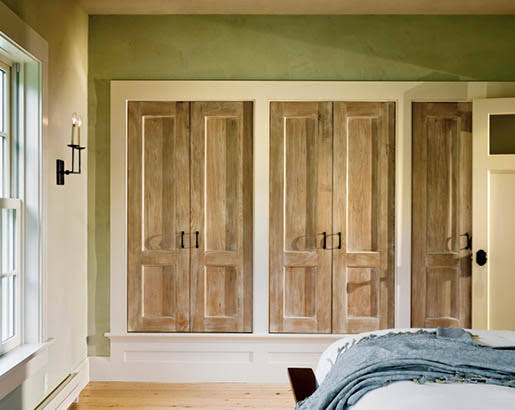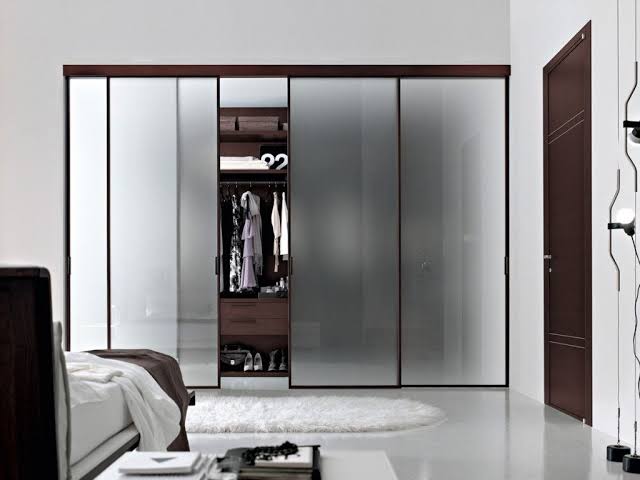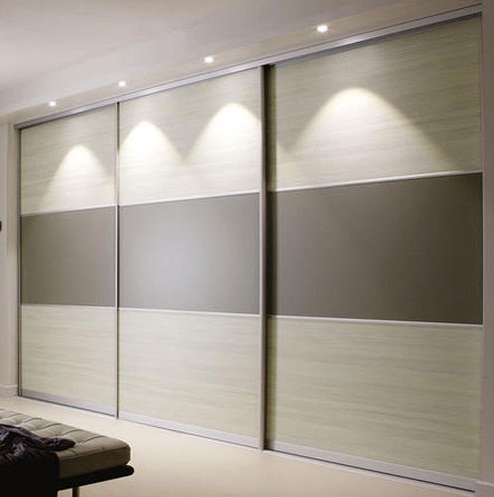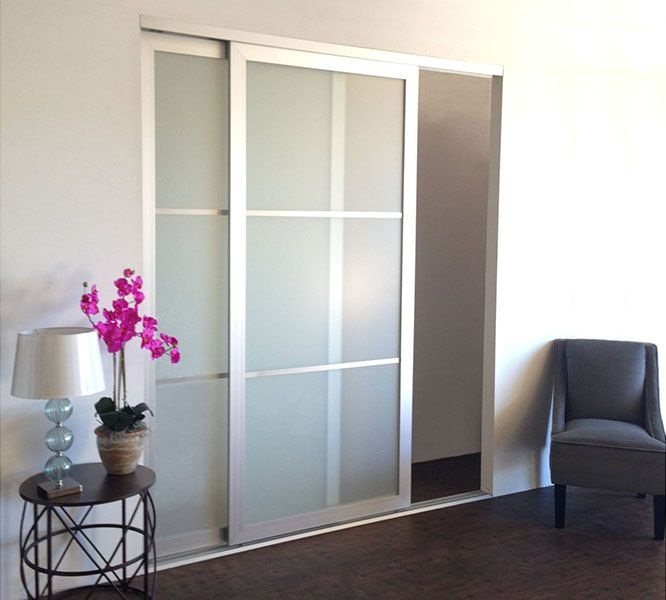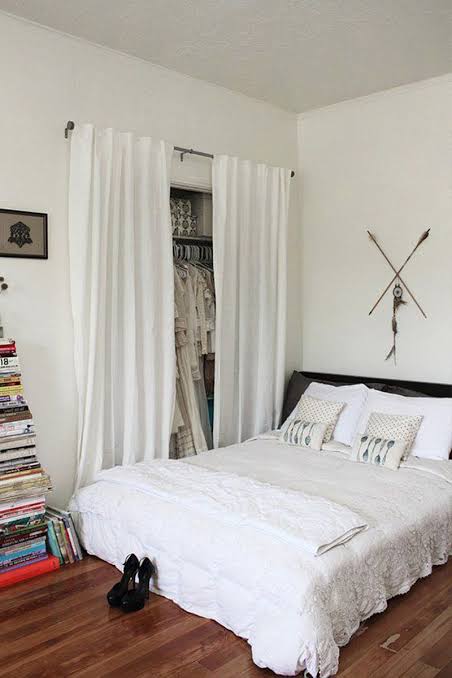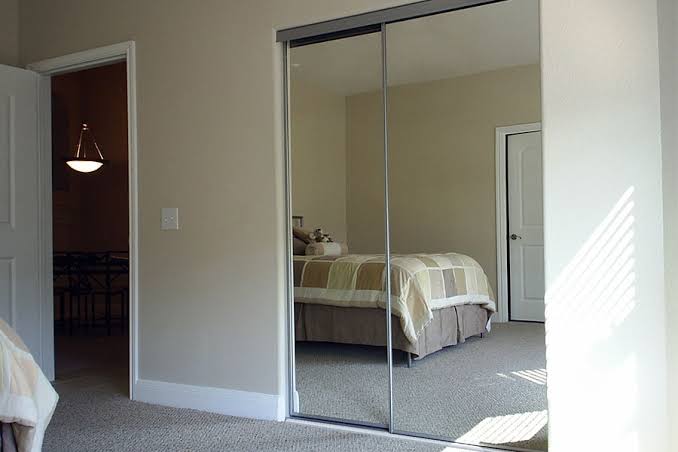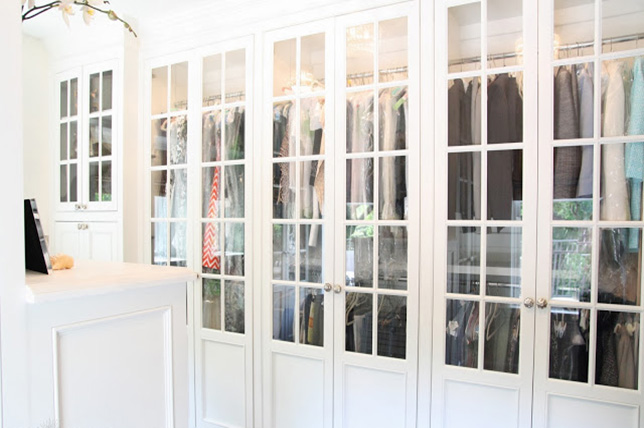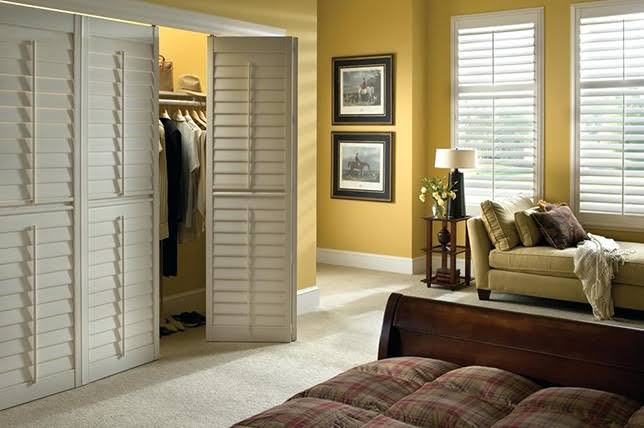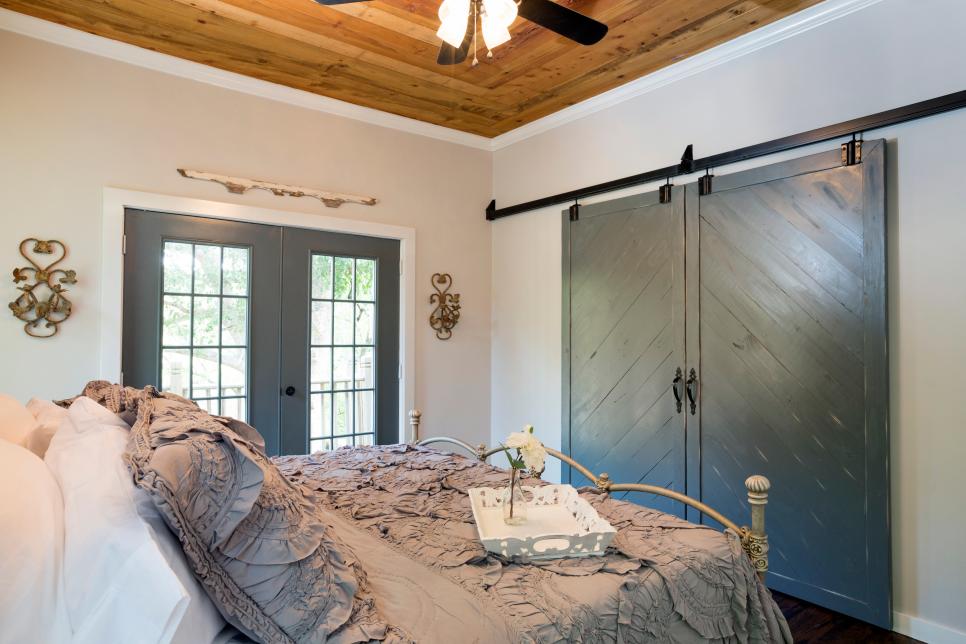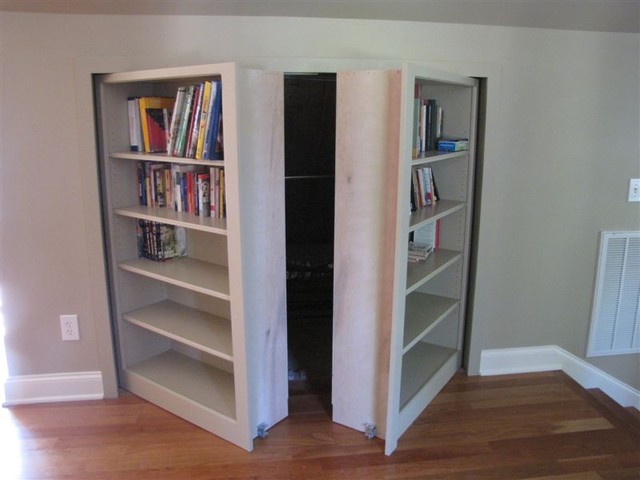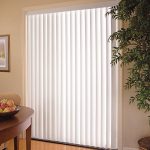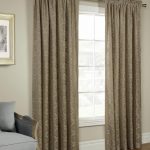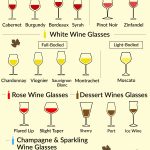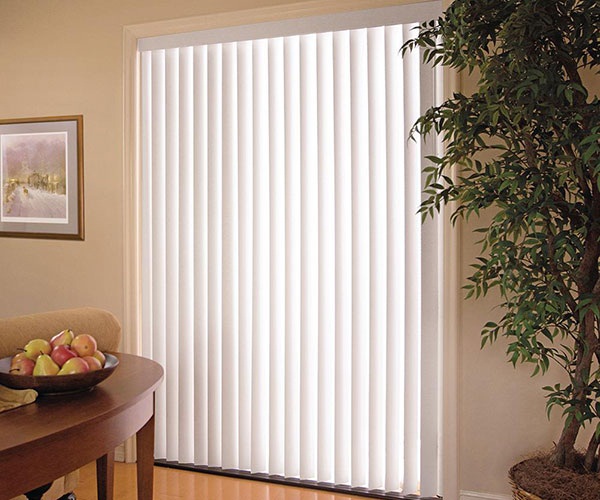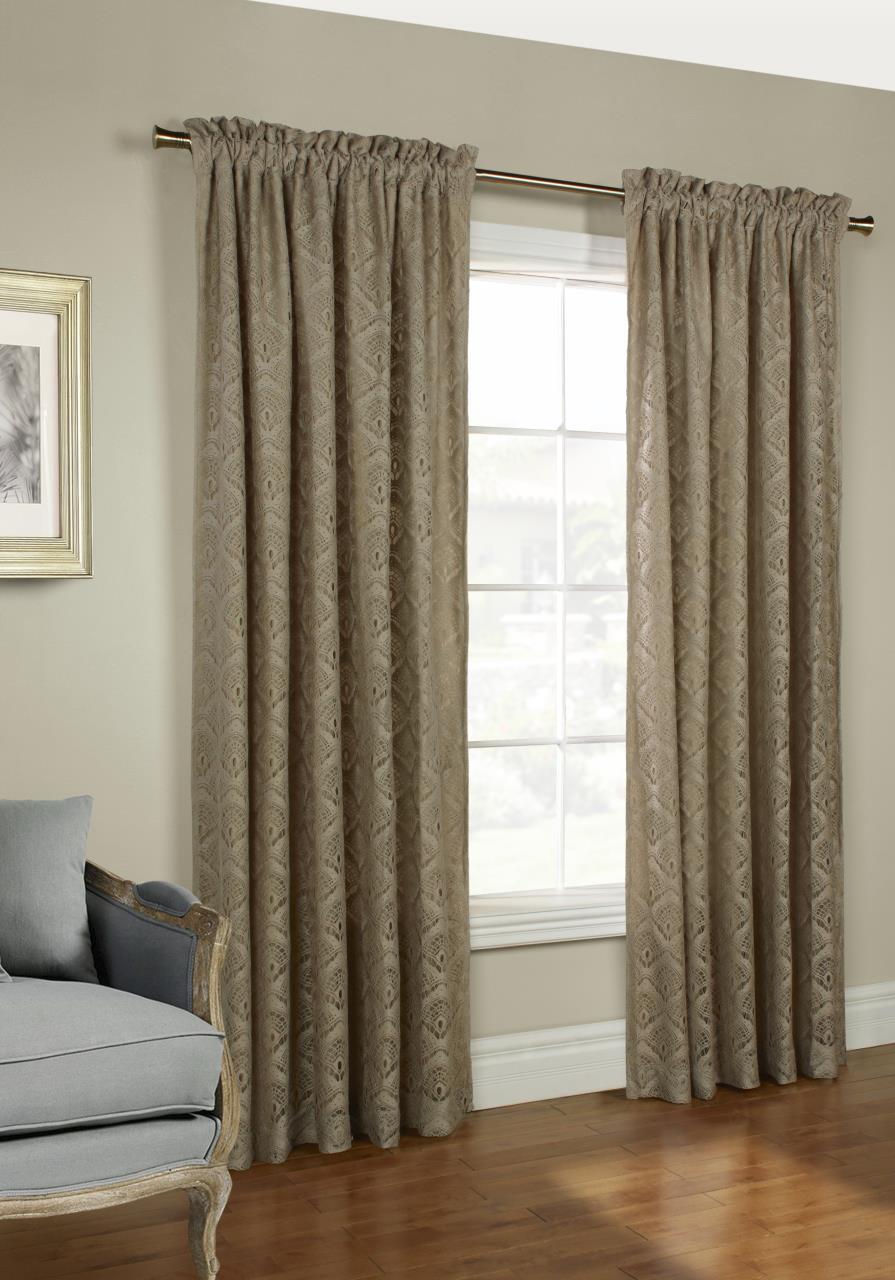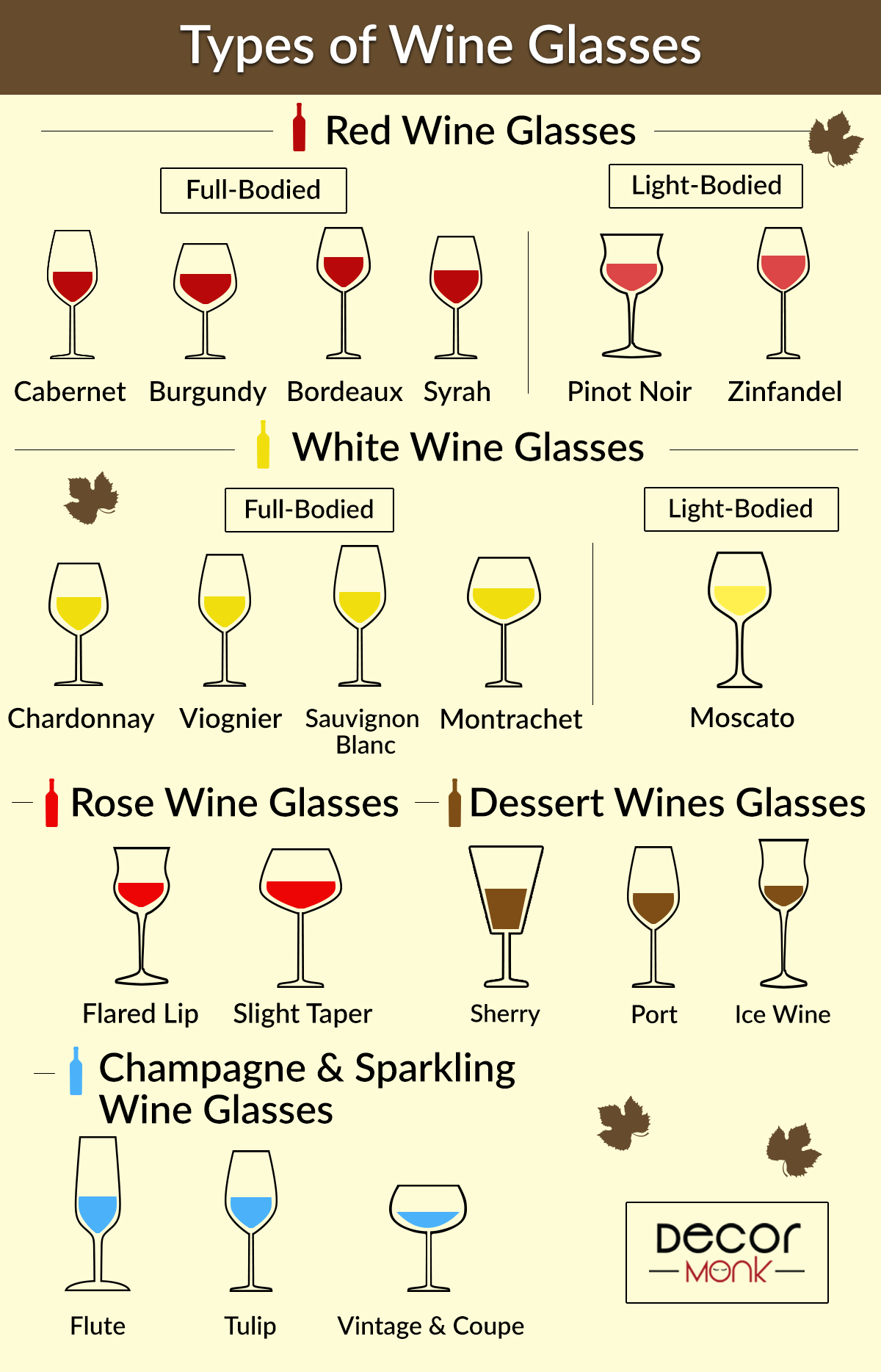Cover your closet in style by choosing the right door for your wardrobe. There is no denying the fact you would crave to tick off the aesthetics box first in the list of things you would want in your closet doors but keep an eye out for their price, ease of use and access, durability, space available and cohesion with the rest of your interior décor, as well. Here is everything you might want to know about the kinds of closet doors that are in vogue.
Different Types of Closet Doors
A. Based On How they Open and Close
1. Sliding Closet Doors
These space-saving options that are also known as bypass closet doors are installed in a frame that allows them to slide past one another. They come in a variety of makes such as wood, glass and aluminum. They can be paneled or plain and should slide smoothly, allowing you to move them with just one hand. If they get stuck, it’s time to clean the tracks and lubricate the door rollers.
Pros: Being lightweight and sturdy, they are easy to move about. The track system helps in confining the doors to a specific route keeping them stable.
Cons: You can only access half of your closet at a time since the doors slide one above the other. If you have older designs or install new doors on existing tracks, they may cause frustration by coming out of the tracks. Their cost is on the higher side.
If you want to access the entire closet opening, you can choose a sliding door type, pocket closet doors. When opened, they slide into a little pocket made into the adjoining wall of the closet. They are great space-savers, lightweight and simple to use.
2. Bifold Closet Doors
Bifold closet doors that can fold along a hinge at the center come in two-panel and four-panel setups where each panel is connected to another with hinges. You can choose these doors for your bedroom closet as they provide ample space to move your bedding in and out of them. Keep the tracks spanking clean to avoid damage and loss of smooth working. A monthly vacuum cleaning is recommended to achieve the end.
Pros: They are lightweight and without taking up a lot of space, can cover a wide closet opening. The fact that they can be flush mounted and need no casing adds to their ease of installation making them cost-effective. The low-maintenance doors need to be serviced only once a year (unless you live close to the sea where it should be done every 3-6 months as salt gets trapped in its hinges and tracks).
Cons: A greater number of moving parts increases the risk of binding or falling off the tracks especially if you have kids at home who may tug at it frequently. As they take up space on the closet opening even when fully open, it becomes difficult to access things kept in the farthest corners.
Tri-fold closet doors have three movable parts instead of two and are suitable for larger closet openings. The wider ones usually have tracks to support them. Narrower ones, though, need no tracks and hang from hinges fixed to the door jamb.
3. Accordion Closet Doors
Accordion doors fold along multiple lines. They are mostly made of lightweight PVC that can be made to resemble a variety of materials like wood, laminates, fiberglass or aluminum. The narrow panels allow the door to be stretched nearly flat when fully closed and compress into a narrow band when fully open.
Pros: Great space saver for closets in the kitchen, laundry, hallway and bathroom. They are moderately priced.
Cons: The absence of a lower track might make it feel a bit unstable while opening and closing.
4. Double Closet Doors
Double closet doors that are a pair of regular swinging doors are probably the most common type of closet doors. Either door can be opened without opening the other one by employing a suitable latch or lock. The door panels, material and finish can be varied.
Pros: Since the door jambs and blanks are like that of standard doors, the hardware and trim can match those of the other doors of the house. Usually, the hinges and hardware are durable and stay adjusted even after frequent use. Easy to operate, they come with a cheap price tag.
Cons: Since they swing out into the room, the space in front needs to be free of furniture and other stuff.
5. Pivot Closet Doors
Here, pivots are placed at the top and bottom of the doors instead of hinges attached to the frames. It allows them to open out fully, allowing the entire closet opening to be accessed. They can be flat with no paneling, have glass inserts or attractive designs on them. You need to clean the pivots regularly and oil them to ensure smooth movement. Maintain the door shine by wiping with a dry cloth.
Pros: Can create an unmatched floor to ceiling drama in case of large doors. You can choose from a large selection of finishes and materials to match almost every taste.
Cons: Hardware can be expensive. Be wary of pinched fingers while operating them.
B. Based On Material
1. Wood Closet Doors
These are the most common types of closet doors that naturally sport a rustic look that can be customized according to your taste. If you buy an unfinished door, you can stain or paint them to match with your interiors. They can be made of hardwood or softwood and have a solid or hollow core. Take good care of these doors by cleaning them once-twice a month with a damp cloth or sponge arresting rot. Normal wear and tear can be reduced by touching up the paint or stain every few years.
Pros: The sturdy and durable doors come quite cheap (unless you opt for high-quality wood like mahogany, walnut, etc.).
Cons: Solid wood doors are heavy. Splinters of wood might stick out from new doors and cause hurt.
2. Glass Closet Doors
Closet doors made of frosted glass lend a contemporary yet classy vibe to your living space. You can frame them with wood like traditional doors. They can also be made of clear glass allowing you to decide on your outfit of the day without having to open your closet. Clean them with vinegar and water solution regularly to maintain their looks.
Pros: Boasts of a modern look that is pleasing to the eyes. The frosted glass ones allow enough privacy without compromising on the aesthetic value.
Cons: You have to be extra careful with them as they are made of delicate material. If you are not an organized person, you wouldn’t like anyone to view your closet though the transparent glass closet doors. They are costlier than wooden ones.
3. Other Synthetic Materials
PVC and acrylic are some of the most common artificial materials of modern closet doors. They are lightweight, durable and come in a bevy of designs.
Pros: They are easy to maintain and reasonably priced. Acrylic doors can be glossy, matte or patterned and brighten up your living space while PVC ones can mimic a variety of other costlier materials. Concerned about breaking your glass closet doors? You can choose the acrylic ones that have the same look but are not brittle.
Cons: They lack the strength and appeal of other natural materials like wood.
For a softer look, go for curtains to cover your closet. They are suitable for tight spaces and allow you to access the entire closet with ease. Add to that, the eye-catching ripple effect and texture that they come with.
C. Based On Style
1. Mirror Closet Doors
These doors have mirrors as the panels. You can have sliding mirror closet doors that come without frames to mimic a real, door-sized mirror.
Pros: They allow light to reflect within the room, making it appear large and bright. They are versatile and come in various styles, with or without frames. You can have a full view of your outfit soon after taking it out of your closet, without having to go to another part of the room for the mirror.
Cons: They are pricey and might look dated. Allowing unwanted glare into the bedroom is another downside. Being easily breakable you need to use impact-resistant mirrors that are coated with a safety film when using in a kid’s room.
2. French Closet Doors
They are nothing but regular hinged French doors that are made lighter and narrower to fit the closet dimensions. The frames are made of lightweight wood or fiberglass and the glass panels can be given a variety of treatments like stained or frosted glass.
Pros: They are the best fit for large walk-in closets in a master suite. Not requiring any special installation they work like a regular door.
Cons: Since they are mostly white, they need to be cleaned frequently for a spotless look.
3. Louvered Closet Doors
Resembling shuttered doors, these come with slits on the panels. You can choose decorative panels for your doors. Pick wooden ones if you want more warmth in your closet. Besides wood, the slats can be made of polyurethane, particle board or plastic molding.
Pros: Keeps your clothes fresh by allowing enough air and light into your closet, also preventing mildew. This makes them apt for the bathroom, laundry room and utility closets.
Cons: Cleaning, repairing and replacing them are a challenge.
4. Barn Closet Doors
Resembling the looks of barn doors, these doors spell vintage charm. They are mounted on a track above the frame and have small wheels at their base, allowing easy and quiet opening and closing. They suit spacious rooms and closets that are placed near large walls with no light switches, vents or outlets nearby. You can customize them to your liking by painting and staining.
Pros: They boast of a rustic appeal.
Cons: Unsuitable for smaller rooms.
5. Bookcase Closet Doors
Also known as hidden doors, these add an air of sophistication to medium-large rooms. Bookshelves are built into them. If you want, you can use it as a display of showpieces as well.
Pros: Offers storage and display options. They can sit flush with the frame for a seamless design.
Cons: Not suited for smaller rooms.
A carefully chosen closet door can seamlessly blend with your interior décor and help you in accessing your wardrobe efficiently thus fulfilling your designing and functionality needs. It is better to get professional help while installing the doors to avoid any undesirable hitches in their work.

